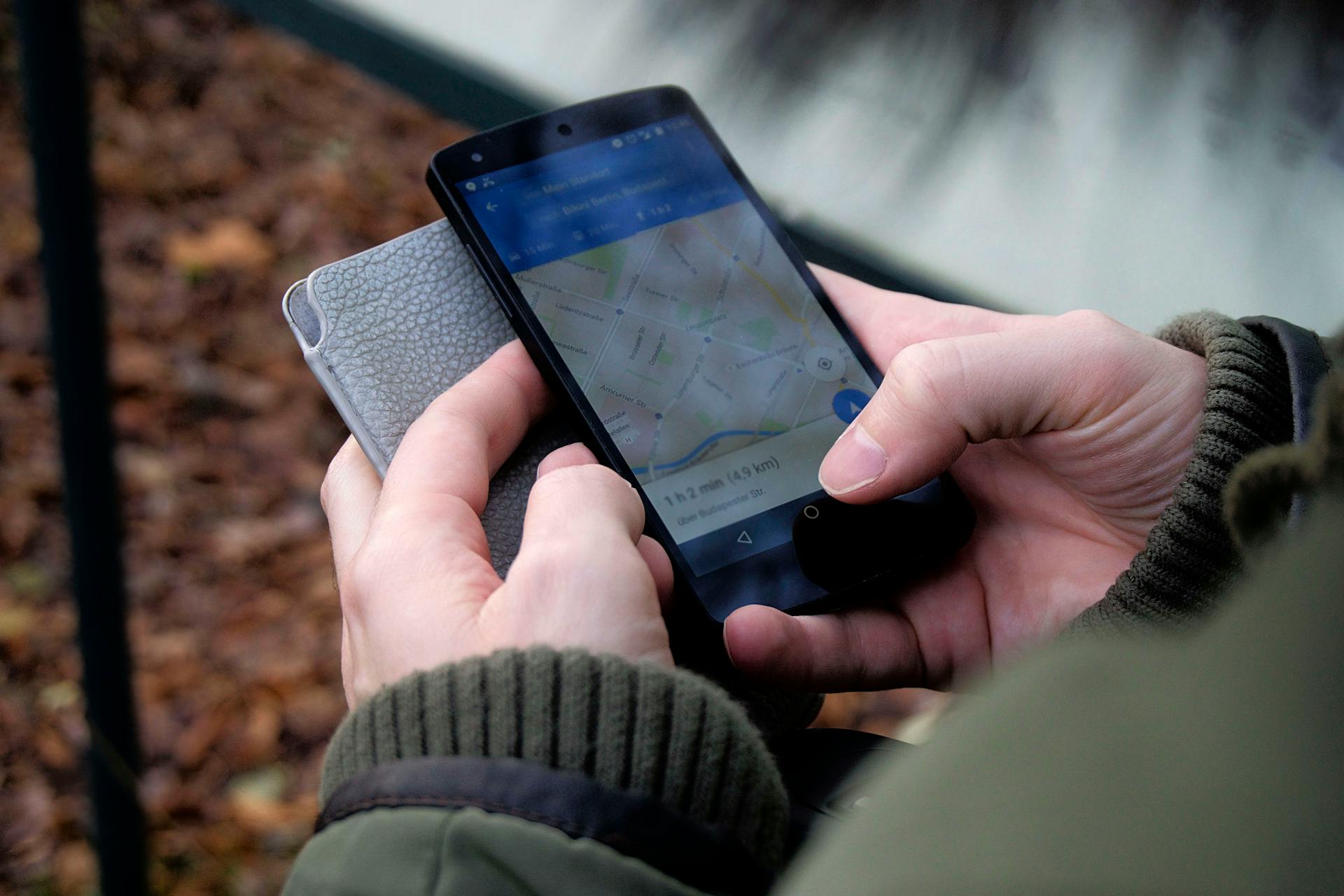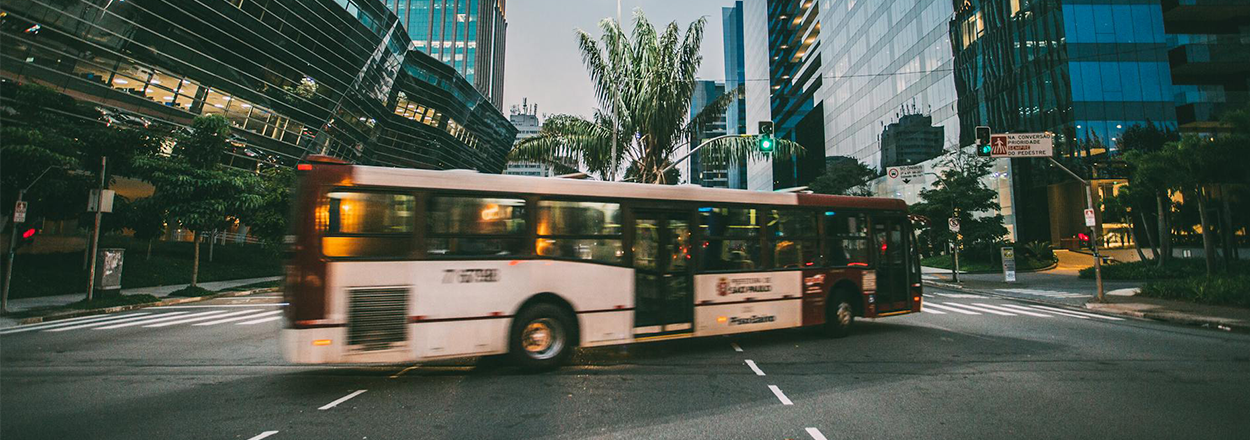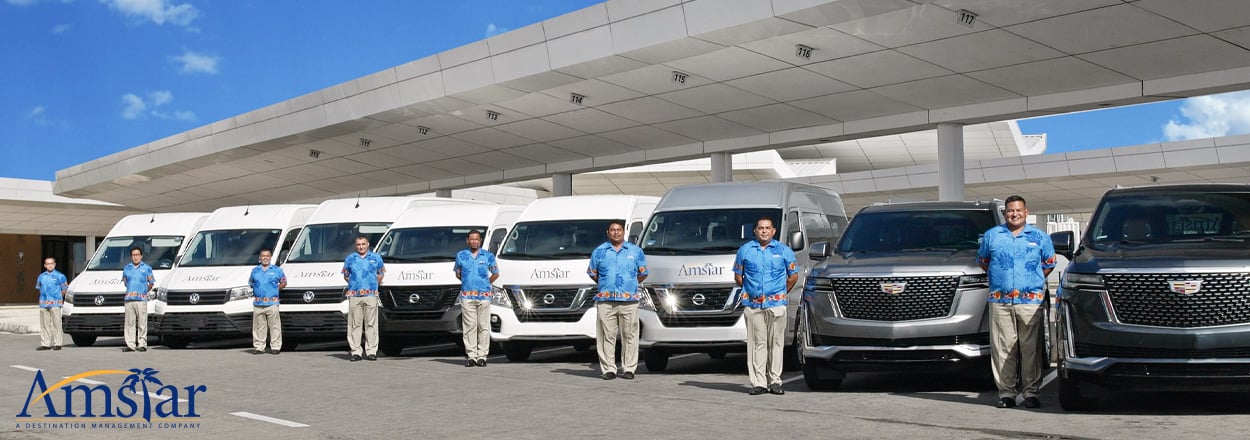Booking a trip abroad is all fun and games until the dreaded thought of navigating a destination’s public transportation system dampens the mood. It’s a seemingly endless list of logistical details that need to be researched, and planning each route from afar can seem daunting. While there are some nuances that can’t be accounted for until arrival, these pointers are here to help travelers take down the big, scary monster that is public transportation ahead of time.
Transportation Apps
Technology has made traveling abroad easier than ever before, and it continues to do so with the development of public transportation apps. There unfortunately isn’t a catch-all app on the market that shows every available mode for every destination in the world, but there are a few out there that meet most travelers’ needs.

Wanderu: Perfect for European destinations, Wanderu can search, compare pricing and book tickets for bus and train transportation. The app is currently partnered with major companies like Greyhound, Megabus, Amtrack and more, all of which can be booked in-app via the carrier’s website. Users can also bundle bus and train rides together, ideal for those looking to backpack through multiple destinations. Wanderu also searches flights, ferries, car rentals and hotels, though their bus and train features are highly acclaimed.
Rome2rio: A more expansive version of Wanderu, Rome2rio offers options for car rentals, Uber and other rideshare services, buses, trains, ferries and flights. Users can search any city, town, address, landmark or attraction in the world, and Rome2rio will display options based on anticipated travel time and estimated cost. The app recognizes 193,341 train lines, 915,869 bus routes, 13,192 ferries and 54,442 flight paths.
Citymapper: As the name implies, this app is great for finding transportation in major cities. Citymapper is complete for Europe, the U.S. and Canada. Expansion into Asia and the rest of the world is underway with the recent additions of Hong Kong, Sydney and Singapore. Users will also find nearly every mode of transportation accounted for, including metro, bus, tram, scooter, bike, taxi, tube and train.
Etiquette
Perhaps a given for some and seemingly inconsequential for others, etiquette is a major component of making the public transportation experience enjoyable for everyone — both locals and visitors. Understanding and practicing a destination’s cultural norms can’t be accomplished without a little bit of research prior to arrival, but being aware of these differences can help to ease the creeping doubts of imposter syndrome and enhance the overall experience. Plus, making friends with the locals might be advantageous in finding off-the-beaten-path recommendations.

Consider things like eating and drinking, personal space and volume of conversation. Chowing down on lunch during a train ride in Sweden is technically allowed, although if it’s smelly and disruptive to other passengers, be prepared for some peculiar looks. Vienna, Austria has banned eating altogether apart from snacking on the platforms.
When deciding to sit next to someone, remember that Italians are the tactile bunch, and a little shoulder touching or knee bumping is accepted. Maintain a wide berth in Scandinavian and Eastern European countries as those citizens prefer personal space.
And, before you pick up that phone call, know that Parisians loathe loud chit-chat, and locals in Japan switch to “manner mode” on their phones to silence all ringtones and notifications. Canadians on the other hand, tolerate the gentle chatter of in-person conversations.
The dos and don’ts of public transportation aren’t meant to intimidate visitors, but having a basic knowledge of the accepted norms can help ease the stress and anxiety of a new situation and save travelers from any unwanted attention or potential inconveniences.
Understanding the System
Evidently, there are many ways to travel abroad, and the reality is that each system is unique to the home country and comes with its own set of idiosyncrasies. Travelers also have different purposes for their trips which can influence the way a visitor utilizes public transport and understands the system. Because of this, there are a couple of key caveats to keep in mind when booking tickets and planning itineraries.
Travelers will likely encounter interchanges and transfers at some point in their travels, and for those who don’t typically use public transportation in general, it may feel like a deterrent. However, this is a common aspect of rail systems including trains, subways and metros. Interchanges require travelers to change cars at the same station whereas a transfer sends passengers onto a new car at a completely different station. A detail like this might seem insignificant, but for visitors operating on a tight schedule, missing an interchange or transfer could result in losing out on booked tours, restaurant reservations or sightseeing opportunities. Interchanges and transfers can vary in time and distance between one another, and it’s important to allow for some wiggle room in these areas so that travelers don’t feel rushed or pinched for time.

Visitors should also consider what their itineraries entail. Backpackers moving from place to place and adventure seekers roaming into obscure territory will likely need to book tickets on a more individual basis opposed to utilizing mass transit systems. If a traveler plans to stay local to one destination or in a network of easily accessible locations, a travel pass is more cost-effective and eliminates the need for piecing together separate routes. Travel passes can easily be paid for and obtained prior to departure, providing some relief for navigating public transport. It’s important travelers assess their transportation needs ahead of time so that appropriate accommodations can be made well in advance.
Travelers should also be advised to check out the transportation and currency rates of the destination. Depending on the mode of transportation and the country a visitor is in, a charge could be flat-rate, distance-based or time-based. In addition to that, some systems have limited payment methods. A basic understanding of the currency exchange rate is beneficial in these scenarios so that visitors are aware of pricing and get the most bang for their buck. It’s another small detail, but an important one nonetheless, as fluctuating rates could mean choosing a new transportation method.
Most importantly, navigating and understanding a foreign system becomes a lot harder if a traveler’s online maps are slow to load or fail to appear altogether. Downloading a map’s offline version or obtaining an old-fashioned hard copy ensures that travelers can get to their destinations even when things don’t go as planned.





comments